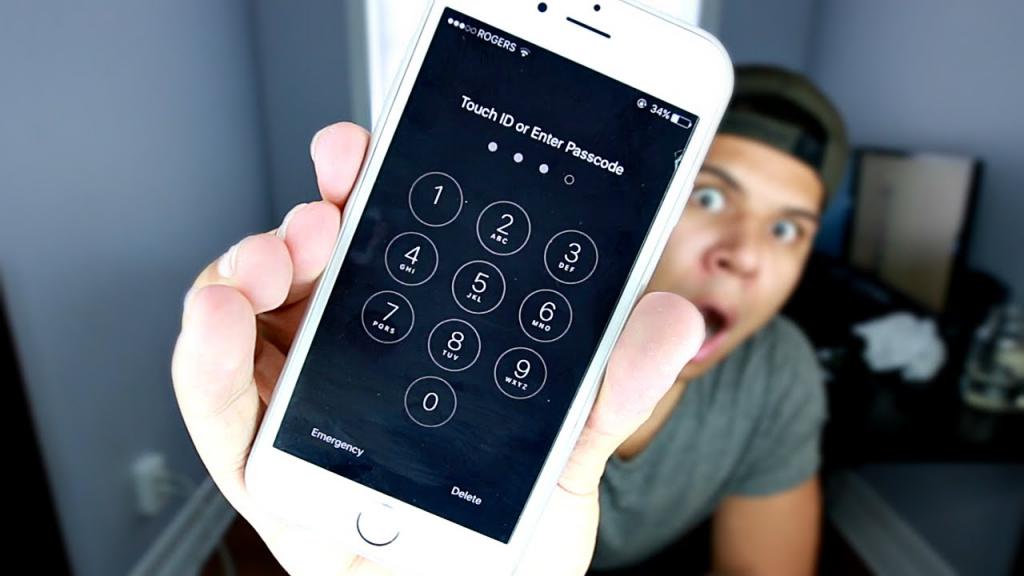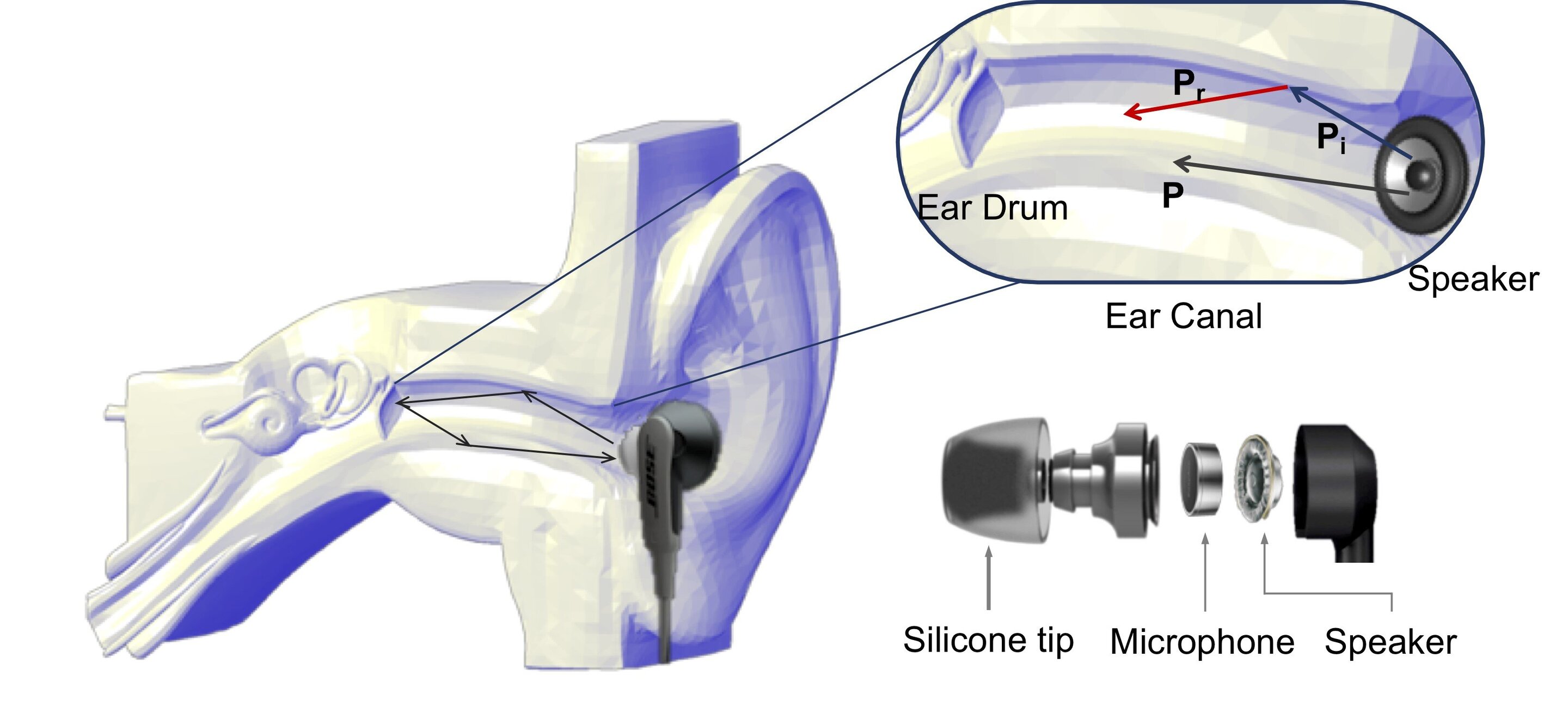
A group of researchers has developed a technology that allows you to confirm the identity of the user by analyzing the geometry of the ear canal through headphones.
Discussing how most students go towith headphones, engineers at the University of New York at Buffalo decided to create a biometric tool that would become an alternative authentication method instead of a password, fingerprint, or face recognition.
To create the prototype, they retrofitted conventional wireless in-ear headphones by building a miniaturemicrophone, and also developed special methodsacoustic signal processing to limit noise interference and channels for information exchange between system elements. The invention is called EarEcho.
The principle of the system is that whensound propagation in the ear canal, it is reflected and absorbed, creating a unique signature that is recorded by the microphone. This information is collected and sent via the Bluetooth connection of the headphones to the smartphone, where it is analyzed. Since the ears of all people are different, then the received signatures are also.

During testing, devices were usedrecordings with speech, music and other audio samples, and tests were carried out in various environmental conditions (on the street, in a shopping center and so on) and in different positions of the user (sitting, standing, with his head bowed).
With authentication in one second, the prototype efficiency was 95%, and when the analysis lasted 3 seconds, the system performance improved to 97.5%.
According to the development team, technology canuse to unlock smartphones, confirm mobile payments and other actions that require confirmation of identity. In this case, the user does not need to perform any additional actions, but just listen to music on the headphones.
Recently, engineers also developed the firstan autonomous contact lens with a flexible micro-battery, which is capable of supplying built-in electronics for several hours to reproduce and transmit visual information wirelessly.
</p>




